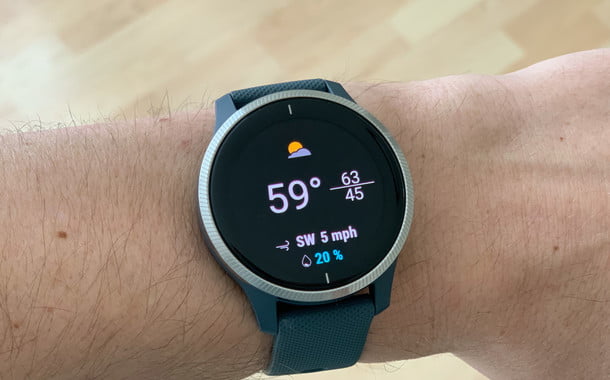Will Your Sport Survive the Pandemic?
When I've asked this question to others, the typical answer I get is always a resounding yes with little thought of a bigger picture. Their passion for the sport determines their response. They would never look at anything else to satisfy their need for training and competition.
Many sports rely on the main events to fuel the continuation of other activities. So what are you going to do now? The costs associated with hosting a race are high despite the opinion of those who pay the high racing fees. Logistically canceling a race still costs money. Some venues, city fees, and local businesses require money cuts and contract signing.
Sport is big business
They also have a business to run and bills to pay and collect. Some host cities may contractually not offer another year, so a rescheduling of the race should be considered. Is the cost involved enough to come from a slush fund or contingency plan without affecting the bottom line?
As a former race director for a non-profit triathlon, we would have been fine for a lot of small upfront costs, but we wouldn't have the same cost as a branded race. Let's say the big races will survive at some level, even if it's not the same as 2019.
Ask yourself this question after thinking about financial sustainability and potential venues issues. Can you continue to train for races that are not happening?? Look inside and evaluate the matter.
Have you fallen into quarantine 15 weight gain or have you been unable to swim at all inland with no pools open? There is potential here not to be racing again until 2021. Admit it. Can you keep exercising for another year without ever testing your fitness or having fun swimming?
Do something else
If you're still reading, you are probably ready to hear this. Do something different:
- Take up a hobby or a new activity to stay active.
- Now is the chance for a fresh start.
- Rediscover the passion for some fun without a competitive advantage.
Imagine enjoying something without being limited to a watch.
- You said you wanted to do more yoga.
- You wanted to read more.
- Try a new sport you didn't have time for before, like paddleboarding.
Do it and when you do something magical will happen.
You will find new joy, give your body a break from training and return to your favorite sport with renewed vigor and enthusiasm. Re-ignite your passion and then you can say your sport can survive the pandemic.


















